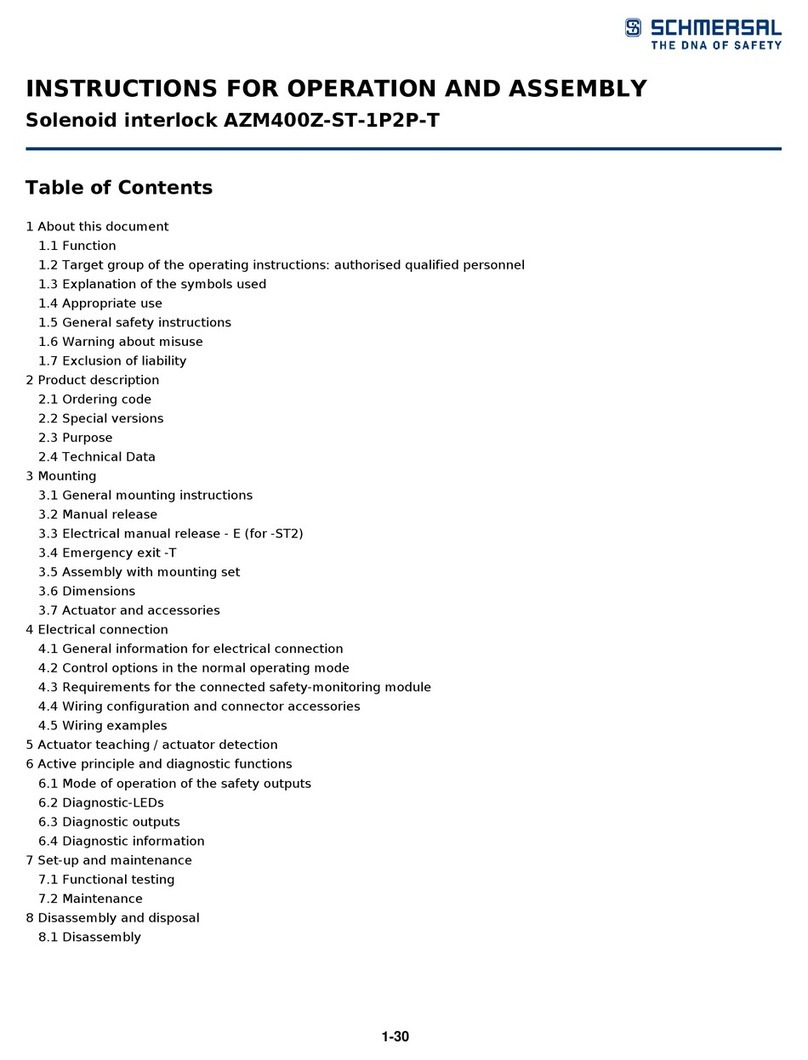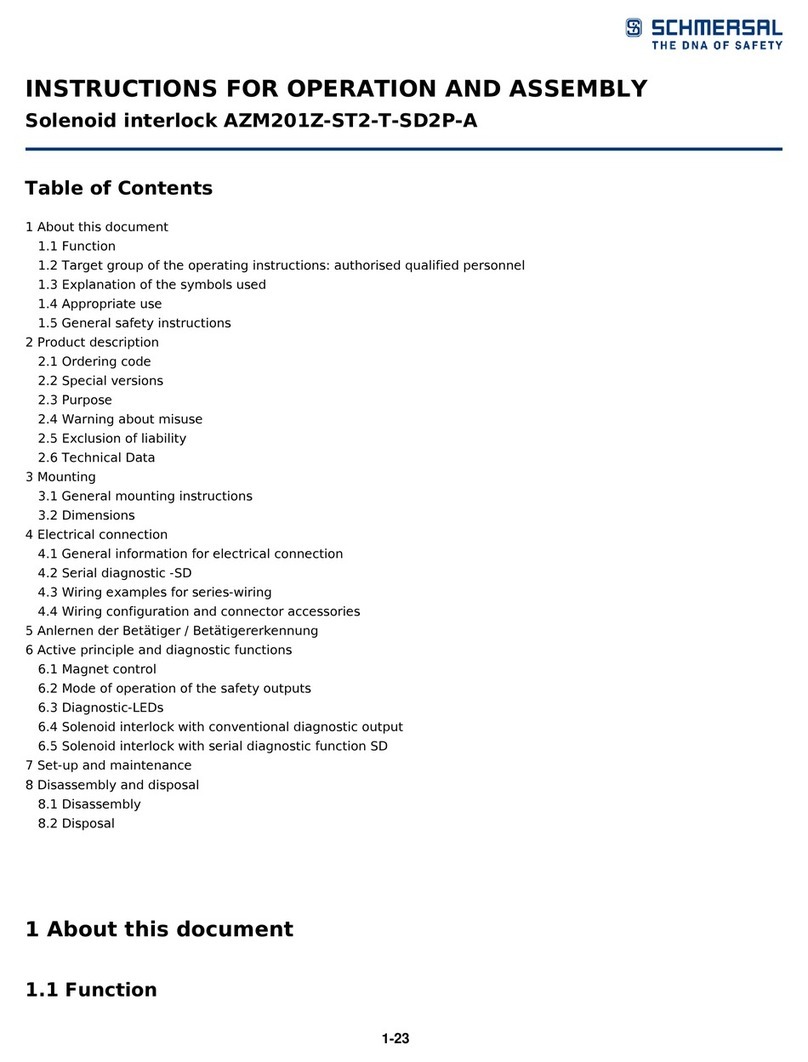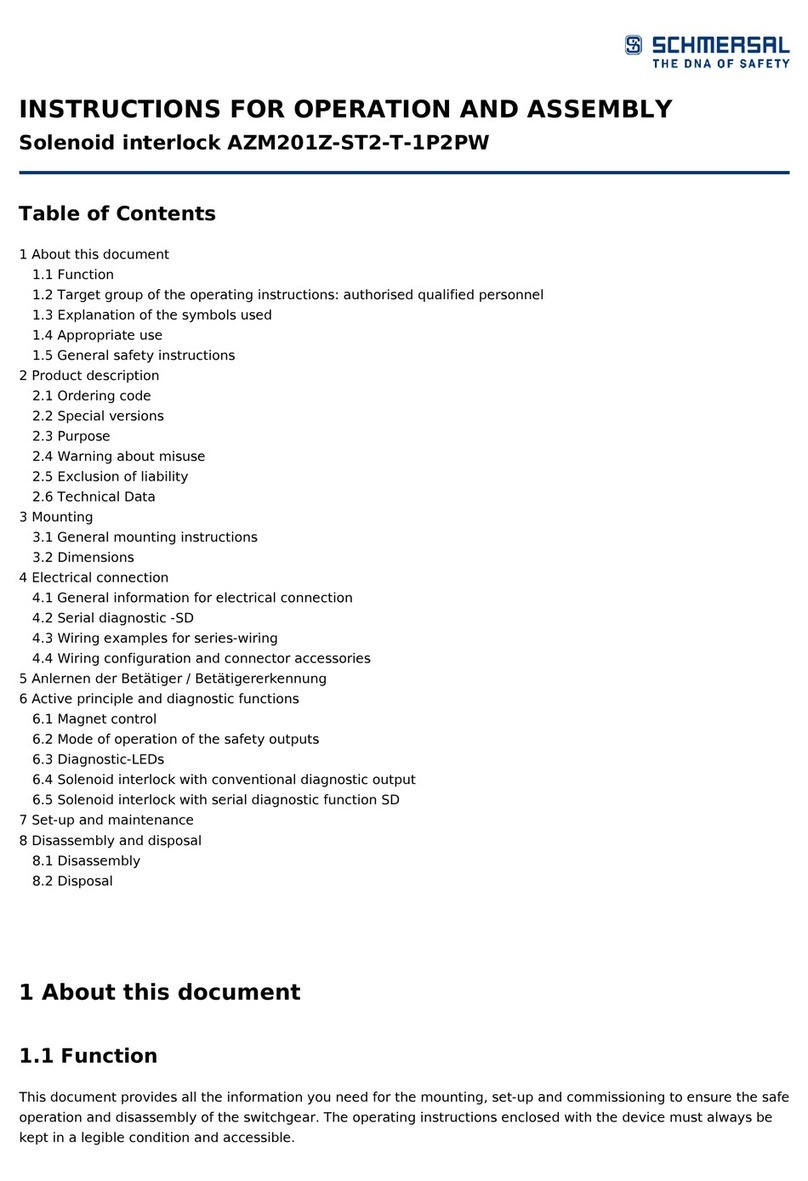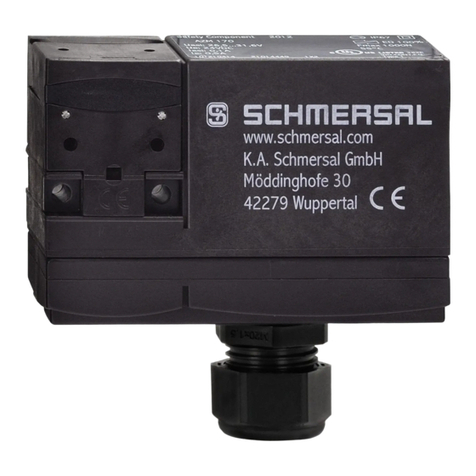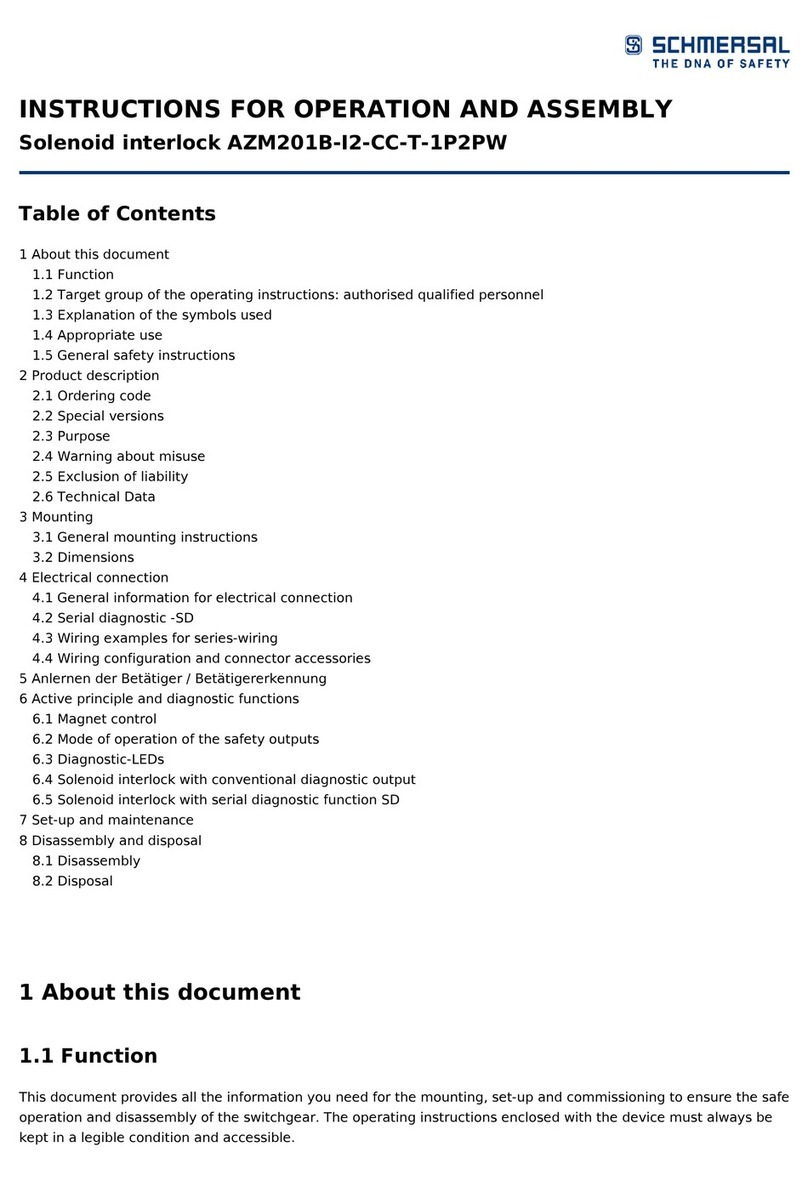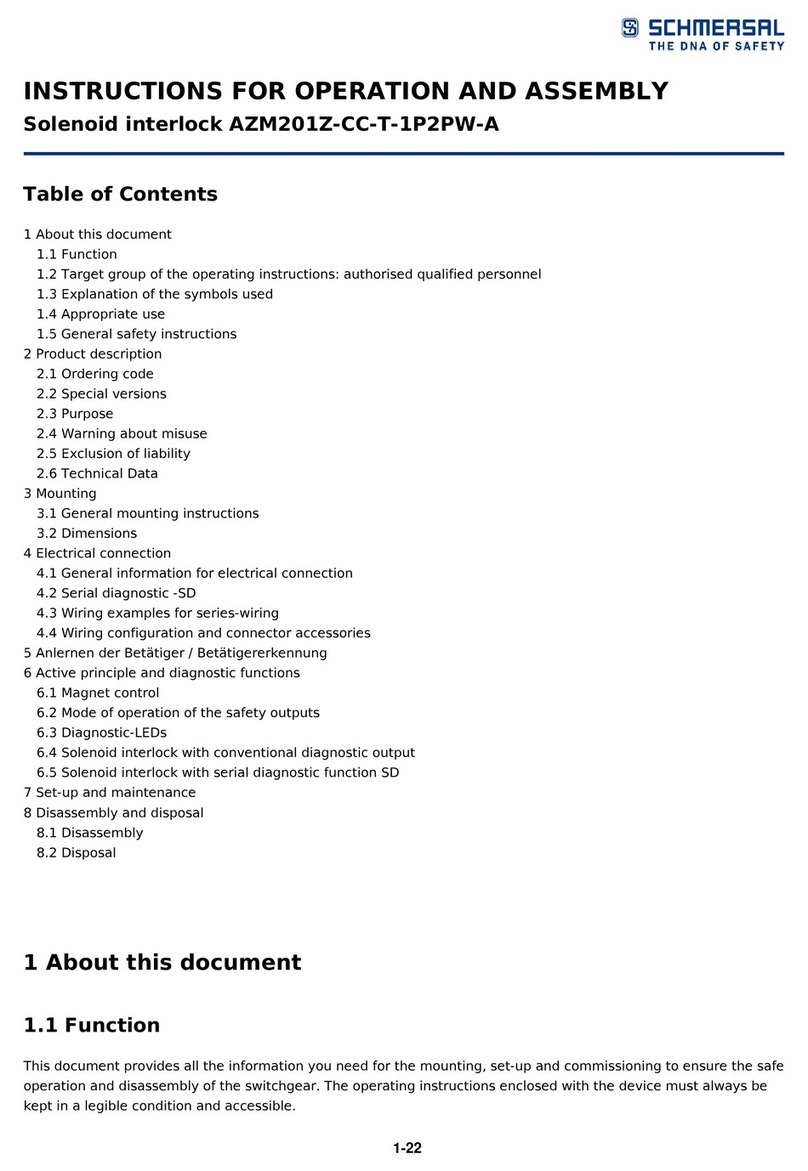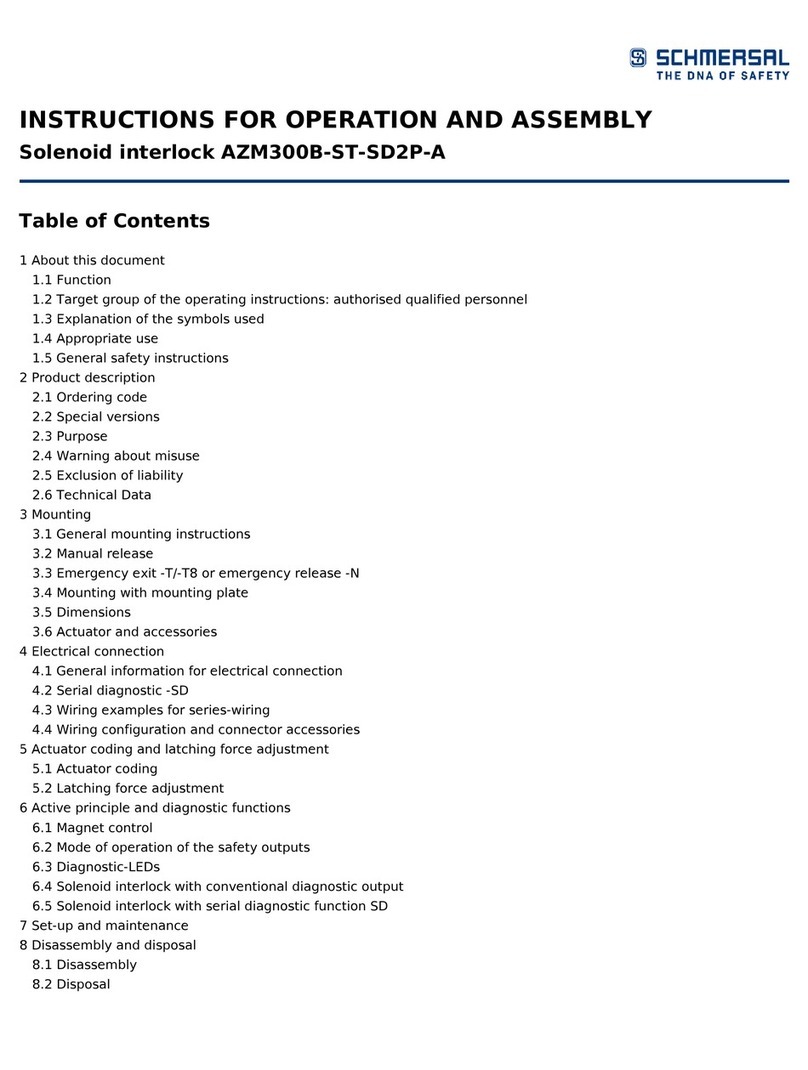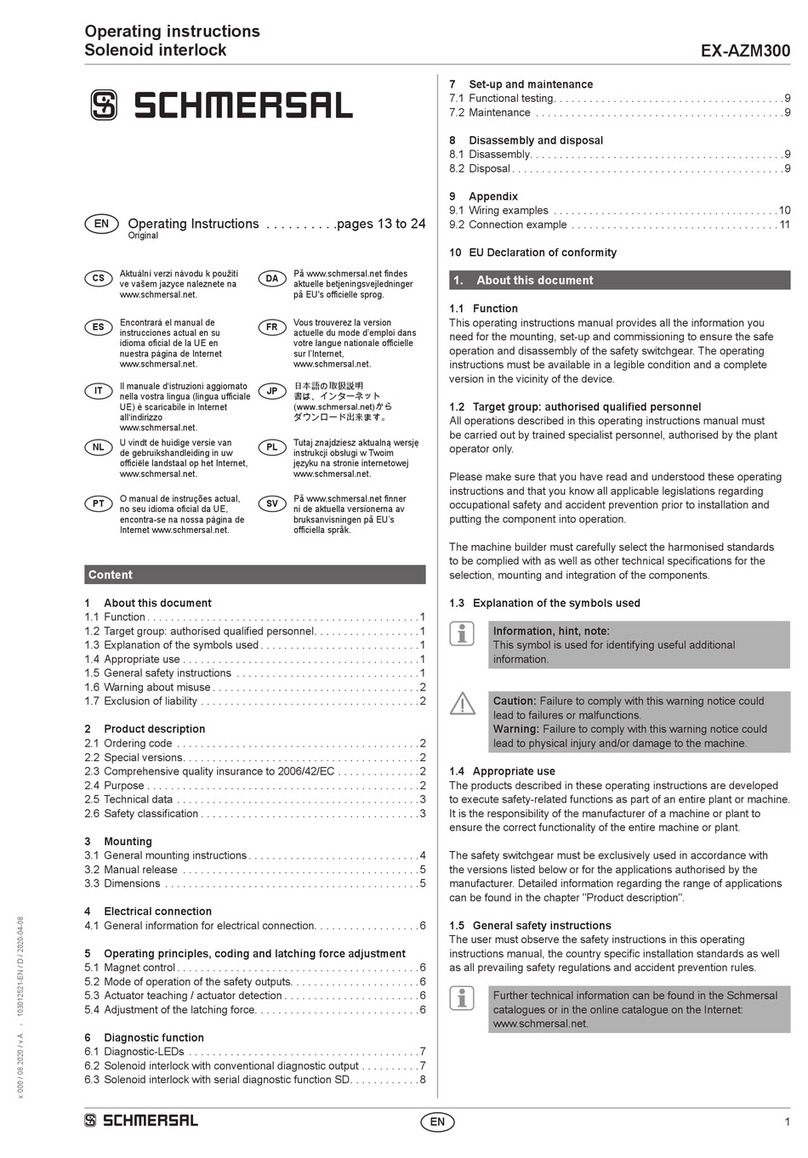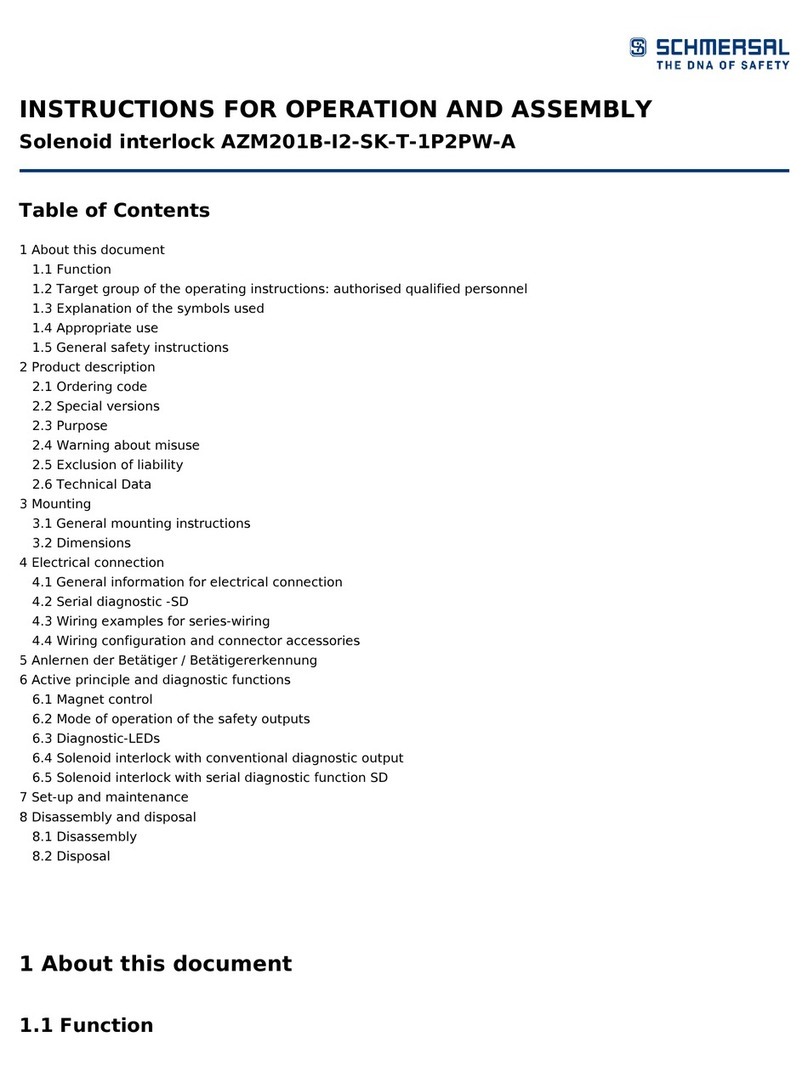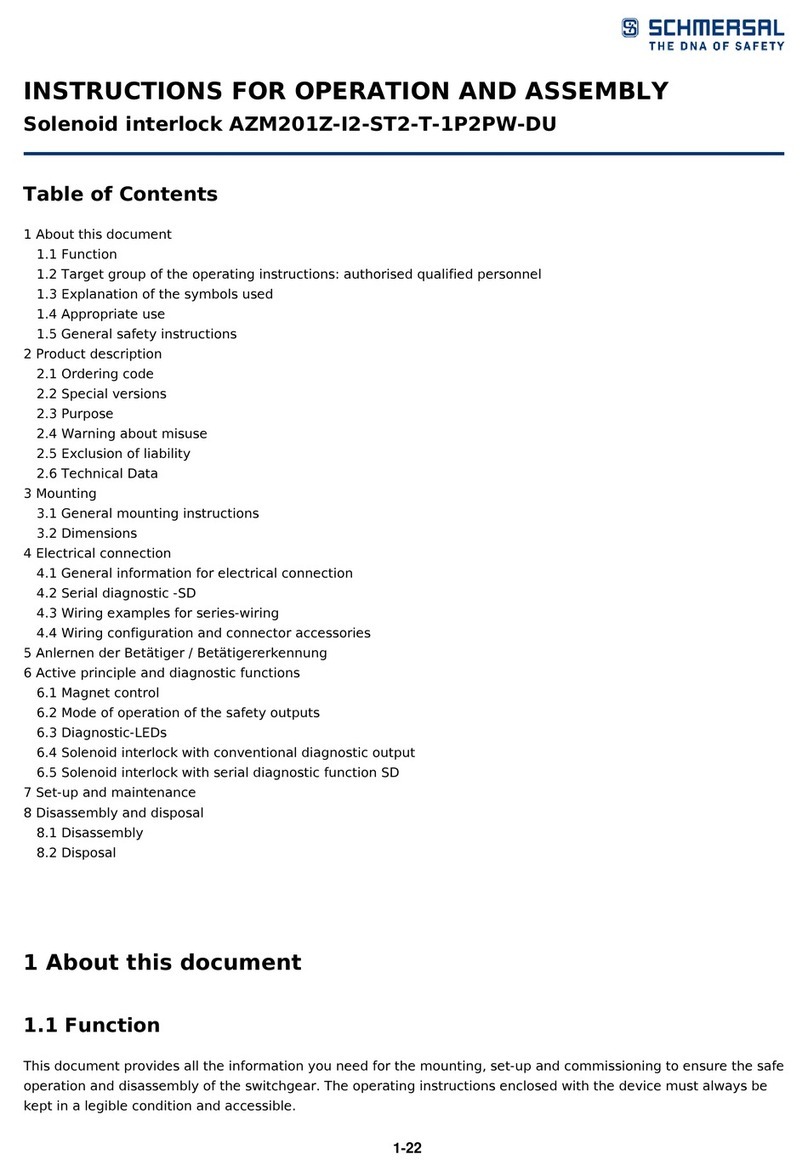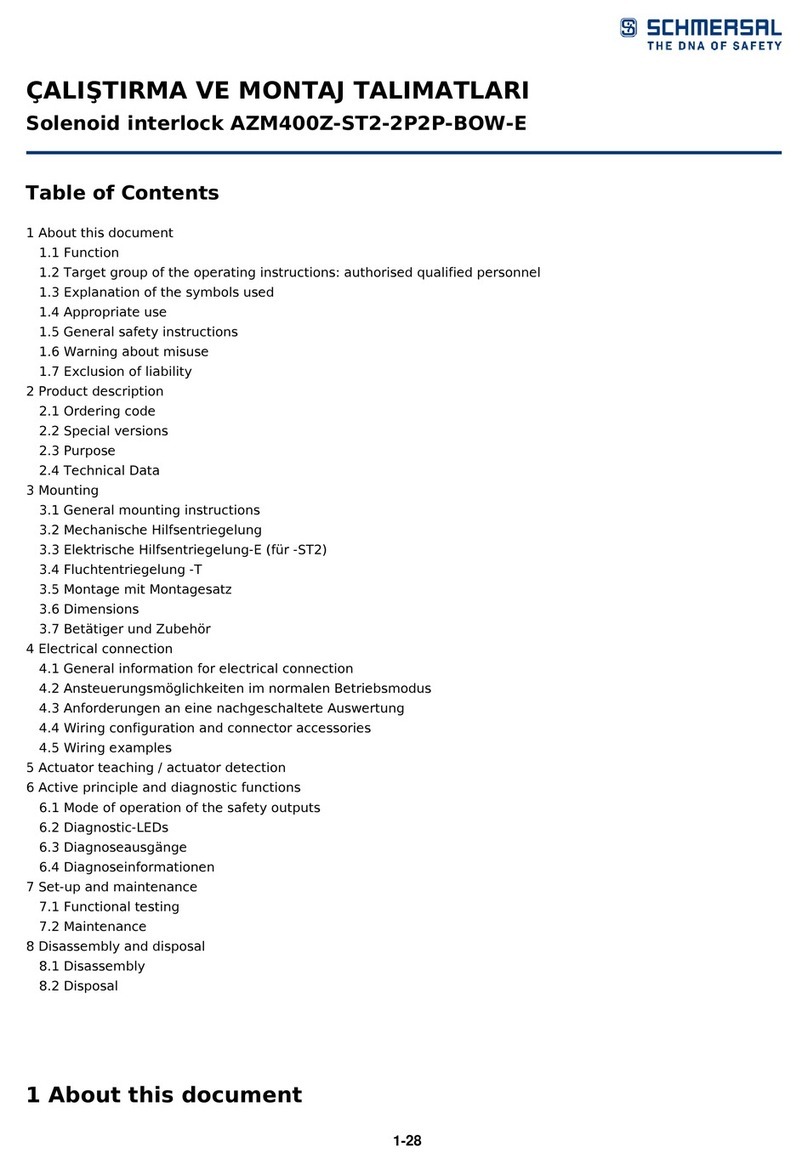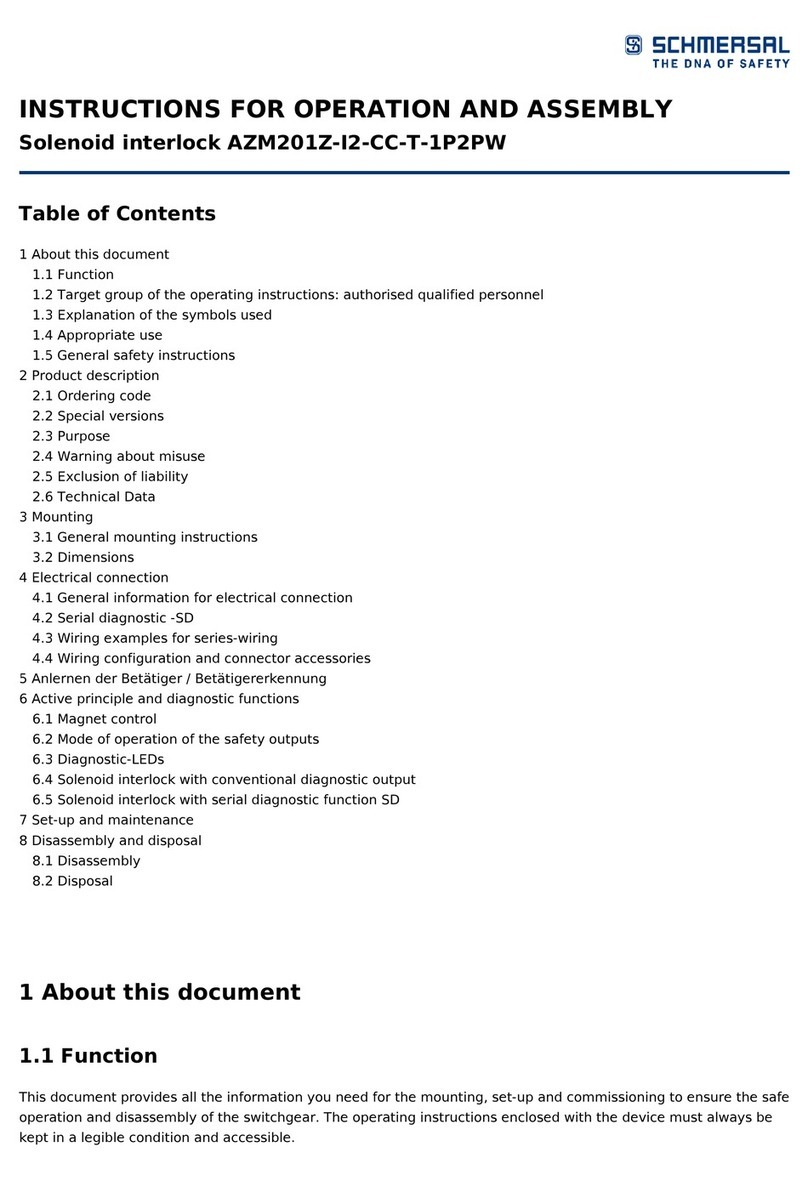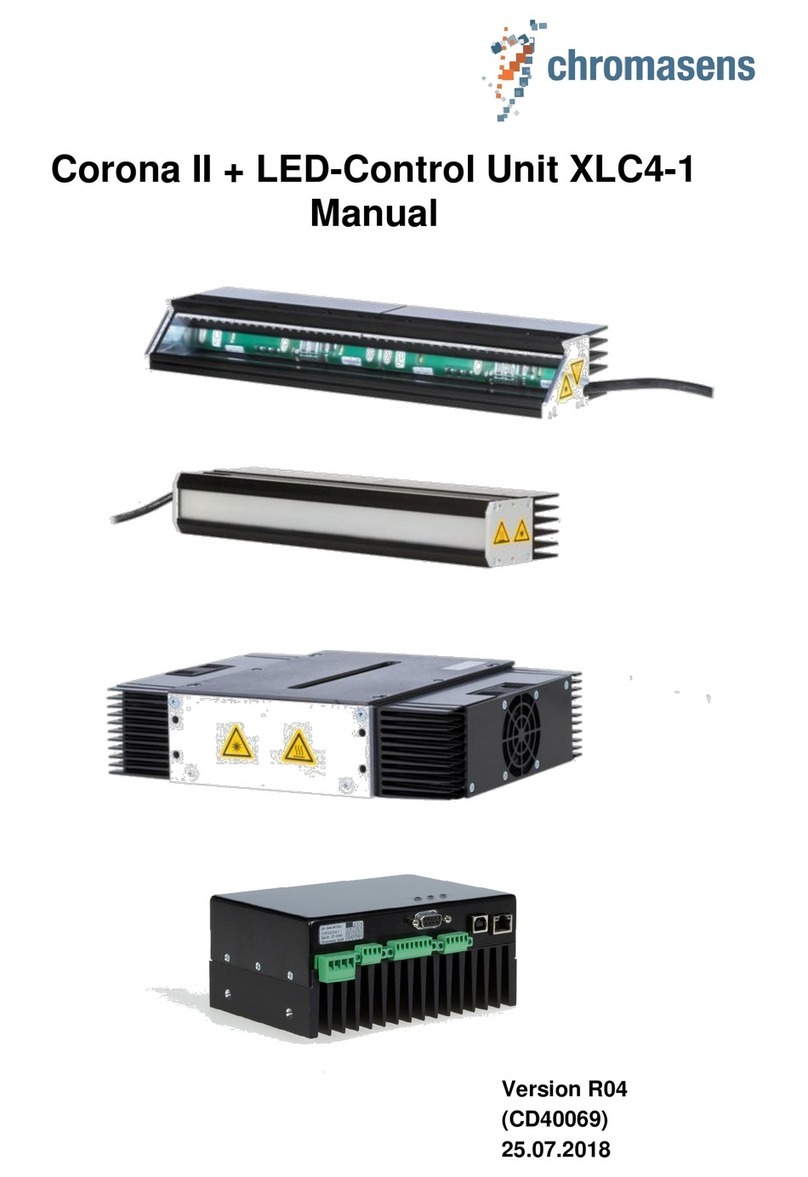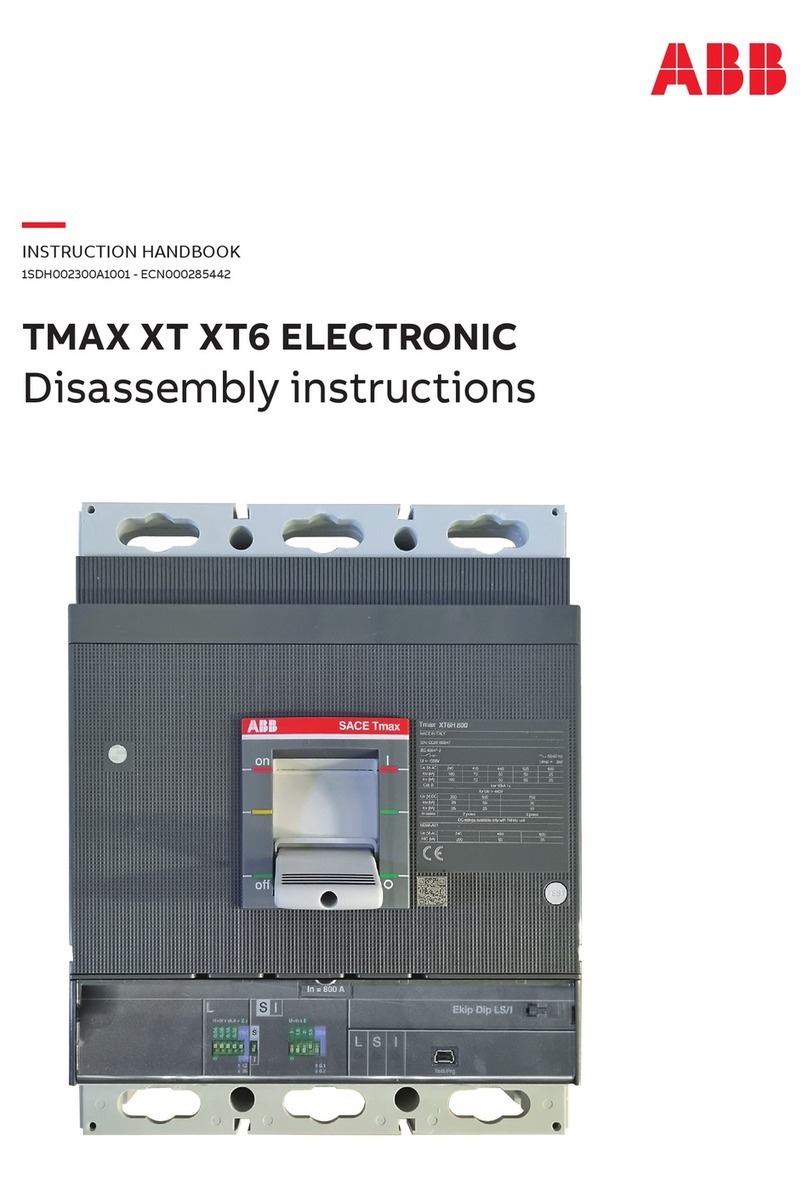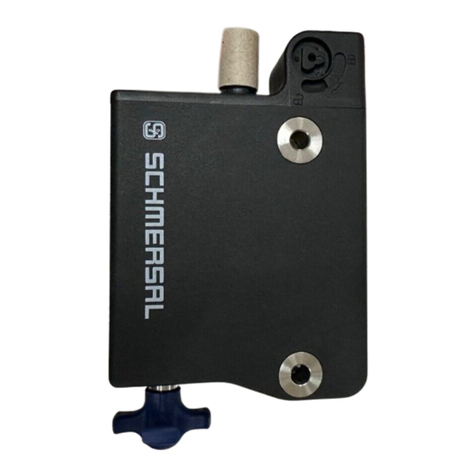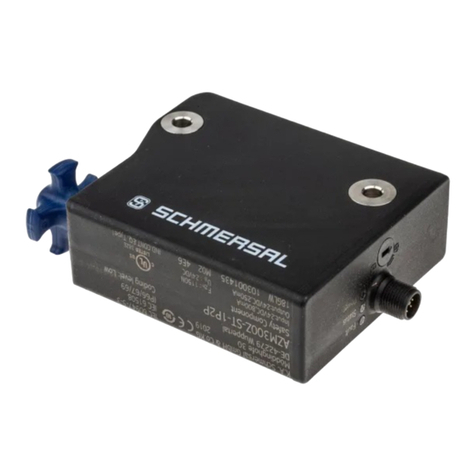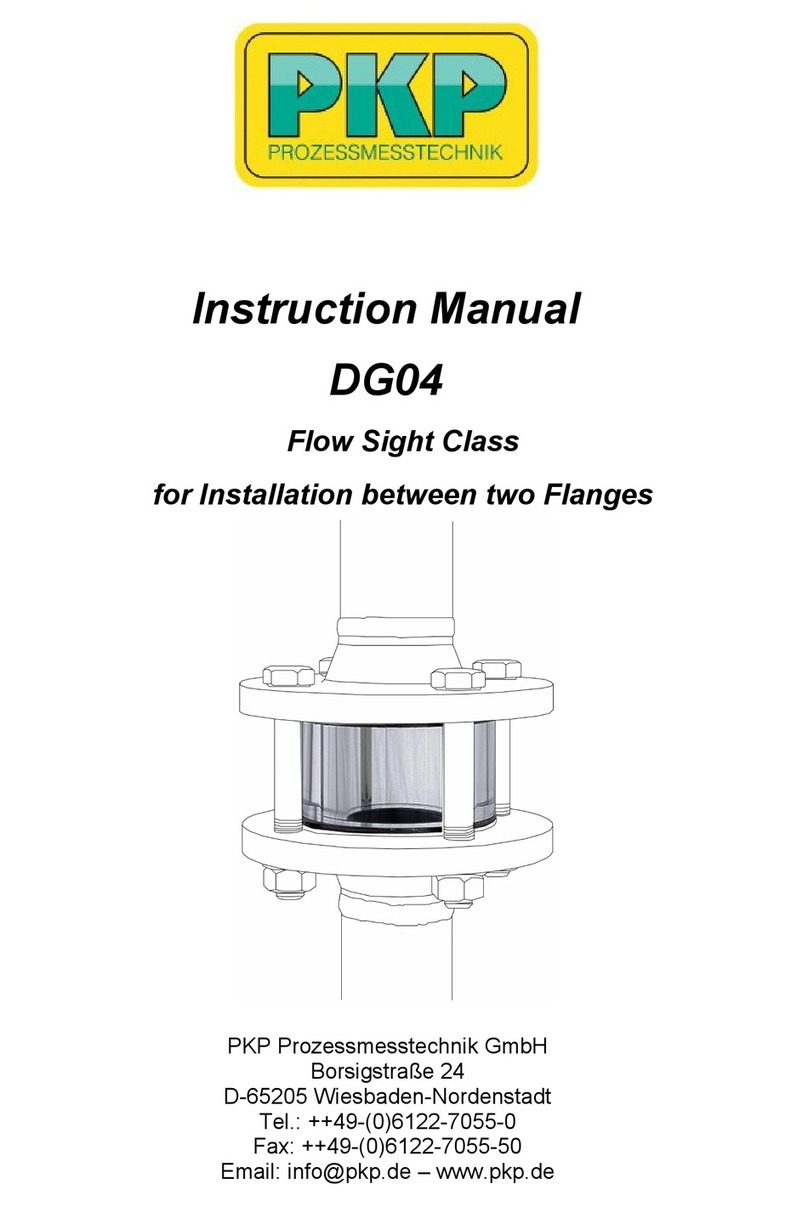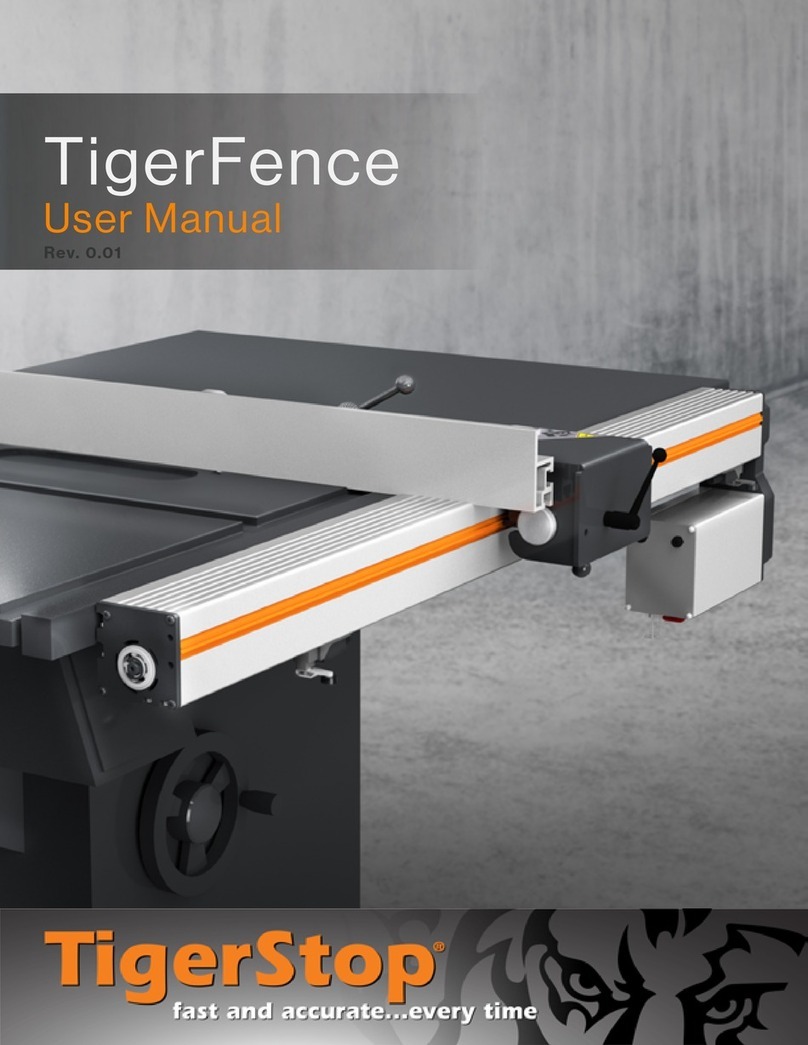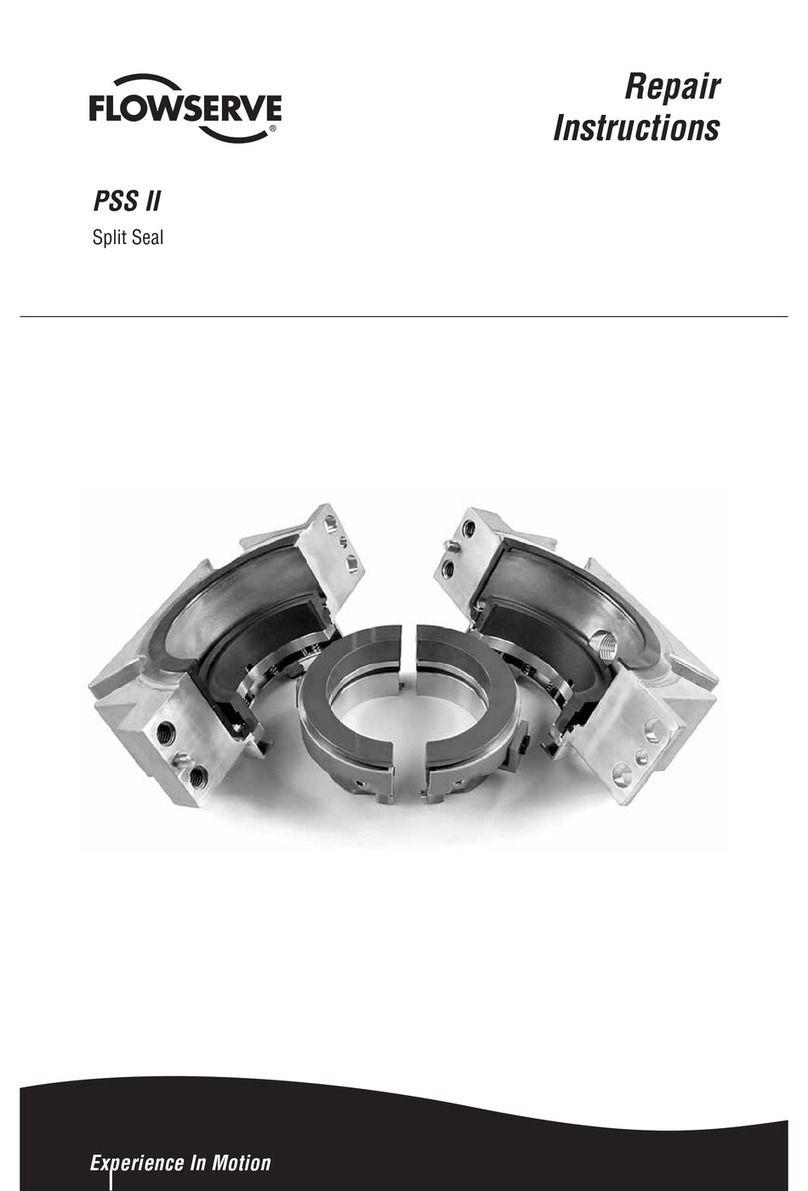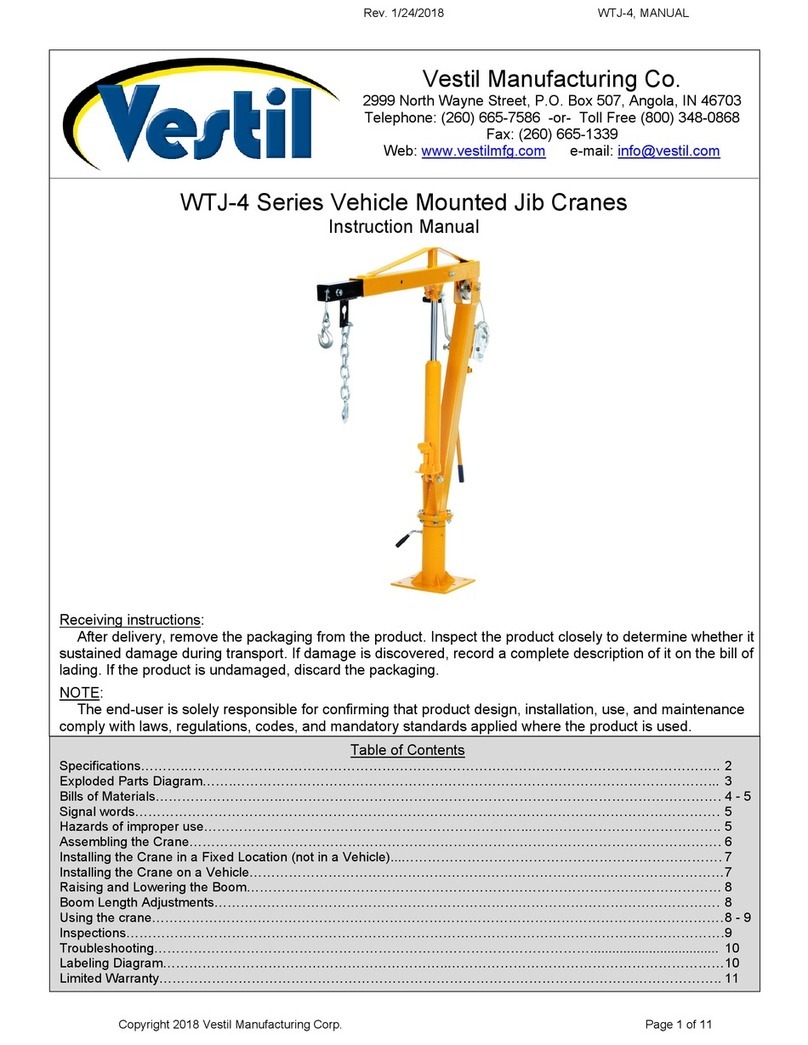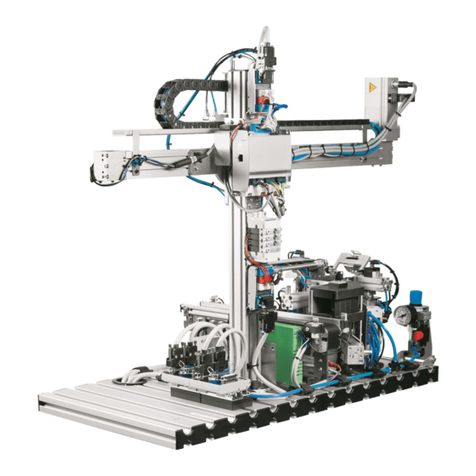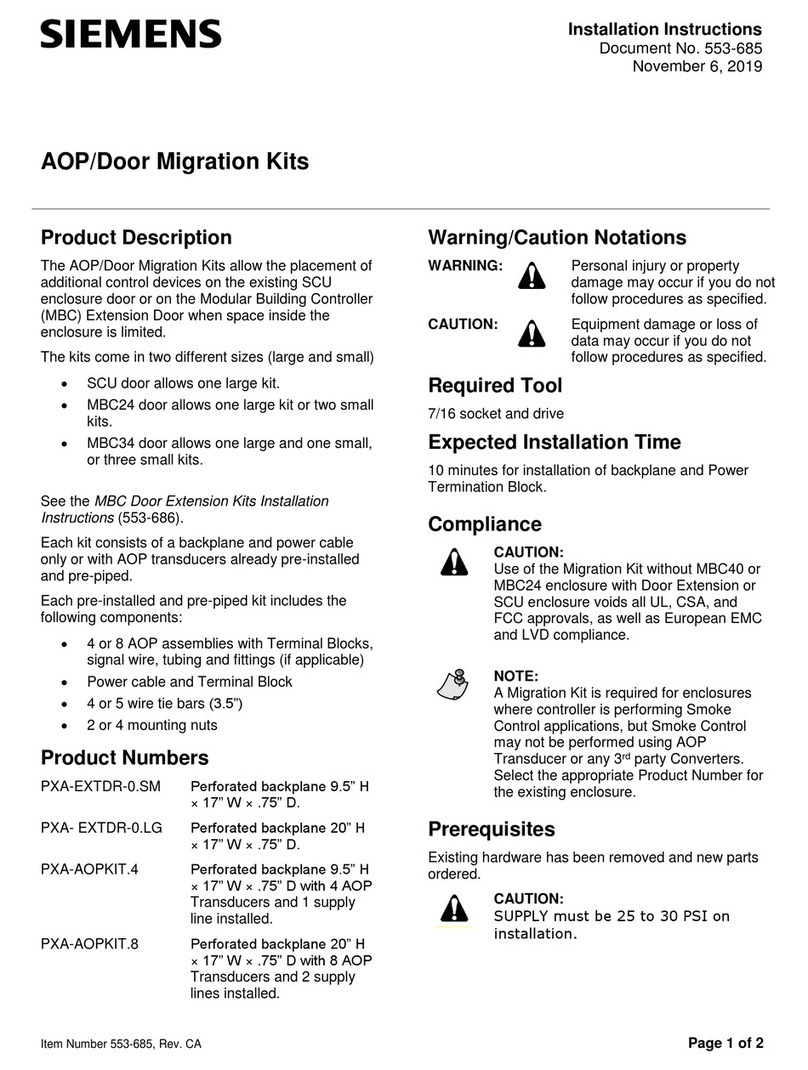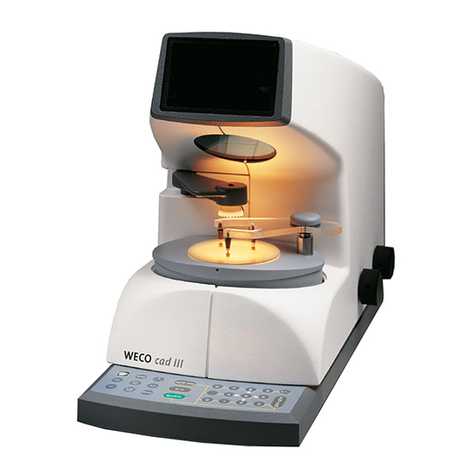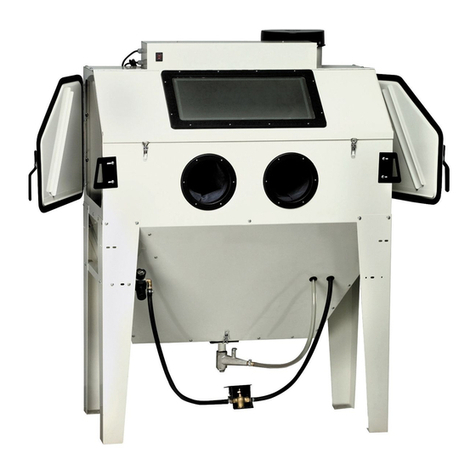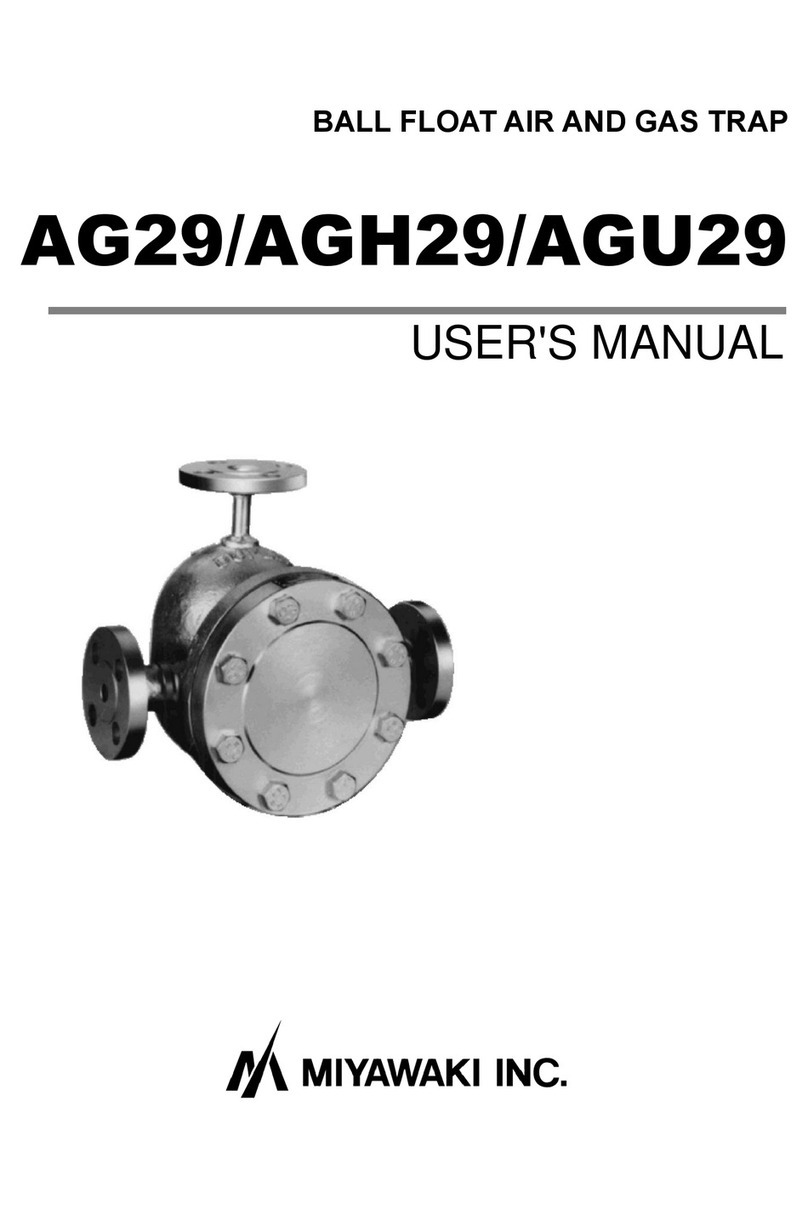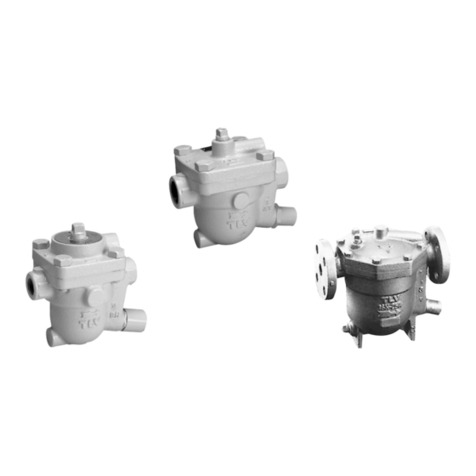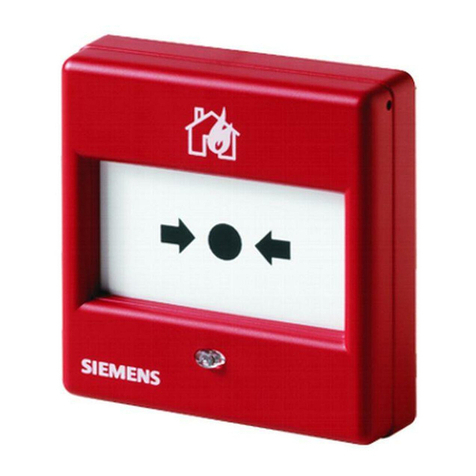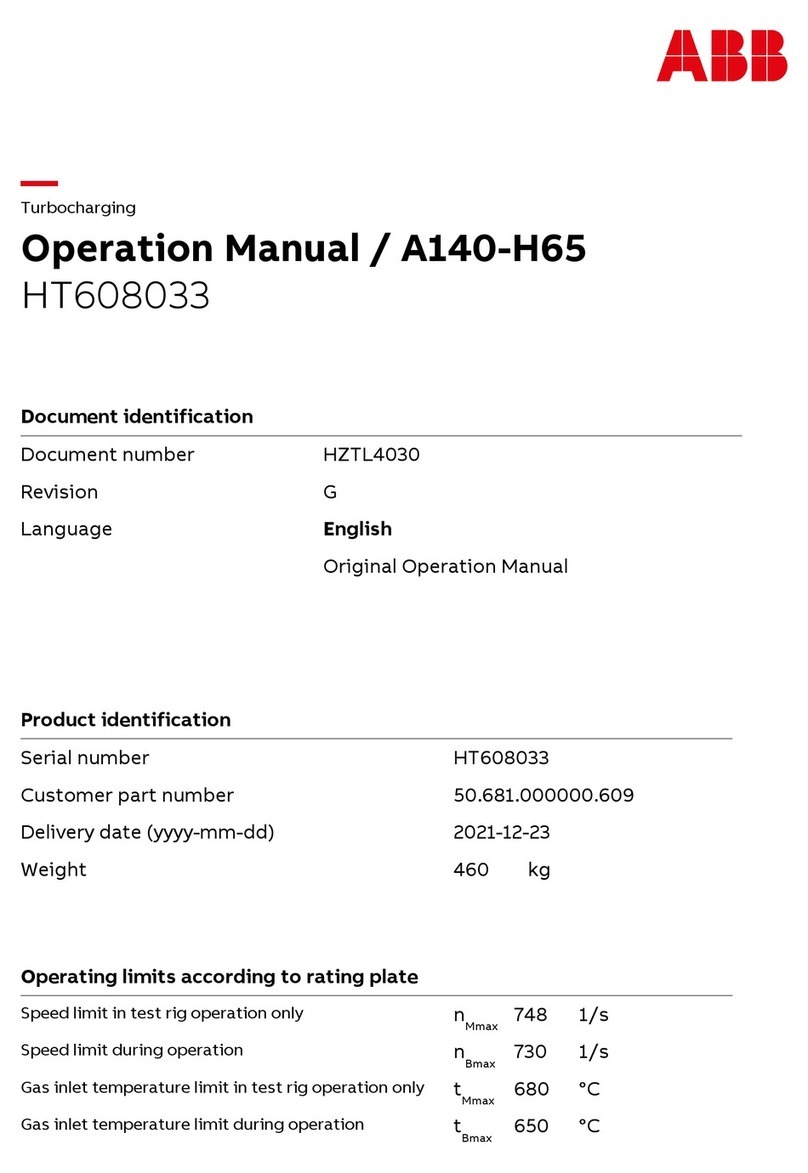
2
Operating instructions
Solenoid interlock TZM/TZF
EN
1.7 Exclusion of liability
We shall accept no liability for damages and malfunctions resulting from
defective mounting or failure to comply with this operating instructions
manual. The manufacturer shall accept no liability for damages
resulting from the use of unauthorised spare parts or accessories.
For safety reasons, invasive work on the device as well as arbitrary
repairs, conversions and modifications to the device are strictly
forbidden, the manufacturer shall accept no liability for damages
resulting from such invasive work, arbitrary repairs, conversions and/or
modifications to the device.
2. Product description
2.1 Ordering code
This operating instructions manual applies to the following types:
TZ
➀➁➂➃➄
24VDC-
➅
No. Option Description
➀
M Power to lock
F Power to unlock
➁
Contact variants (also refer to 4.2)
Magnet Actuator
1 NC 1 NC / 1 NO
W 1 NC 1 NC / 1 NO
C1 NC / 1 NO 1 NC / 1 NO
CW 1 NC / 1 NO 1 NC / 1 NO
3 NC / 1 NO 1 NC 2 NC / 1 NO
W3OE 1 NC 2 NC / 1 NO
4 NC 2 NC 2 NC
W2MOE 2 NC 1 NC / 1 NO
➂
N Emergency release N
.NE Manual release .NE
.NEM Manual release .NEM
S Manual release using triangular key
SP Manual release with triangular key and
release bar
S.NF Emergency exit and manual release
➃
L with LED display
➄
.CHI Actuating head higher and rotated 180°
➅
3053 Customer-specific contact variant
Not all component variants, which are possible according to this order
code, are available.
The device variants .N, .NE and .NEM mentioned in the
order code under 2.1. are not consistent with test principle
BG-GS-ET-19.
Only if the information described in this operating instructions
manual are realised correctly, the safety function and
therefore the compliance with the Machinery Directive is
maintained.
2.2 Special versions
For special versions, which are not listed in the order code below 2.1,
these specifications apply accordingly, provided that they correspond to
the standard version.
2.3 Purpose
The solenoid interlock has been designed to prevent in conjunction
with the control part of a machine, movable safety guards from being
opened before hazardous conditions have been eliminated.
Interlocks with power to lock principle may only be used in
special cases after a thorough evaluation of the accident risk,
since the guarding device can immediately be opened on
failure of the electrical power supply or when the main switch
is opened.
The safety switchgears are classified according to
ISO 14119 as type 2 interlocking devices.
Manual release TZF..S (for set-up, maintenance, etc.)
The manual release is realised by turning the triangular key (included
in delivery) to the right (1), so that the locking bolt is pulled into the
release position. The normal locking function is only restored after the
triangular key has been returned to its original position (2). The manual
release must be sealed after being put into operation (e.g. sealant etc.)
to prevent its utilisation during operation. The manual release must not
be actuated when loaded by the safety guard.
Manual release TZF..SP (for set-up, maintenance, etc.)
The manual release is realised by turning the triangular key (included
in delivery) to the left (1) and by pulling simultaneously the release bar
(2), so that the locking bolt is pulled into the release position. After the
triangular key (1) has been turned back to the left, the release bar (2)
returns to its position and the normal locking function is restored. The
manual release must be sealed after being put into operation (e.g.
sealant etc.) to prevent its utilisation during operation. The manual
release must not be actuated when loaded by the safety guard.
Manual release TZF..S Manual release TZF..SP
2
1
2
1
Emergency release TZFN
(mounting only on the outside of the safety guard)
To realise an emergency release, the release button (1) must be pulled.
The release button latches. In this position, the safety guard can be
opened. To neutralise the blocked condition, use the triangular key (2)
(included in delivery) to turn the triangular screw to the left until the
release button returns to its original position. The released condition
may only be cancelled by an authorised person. The emergency
release must not be used when the machinery/plant is in operation.
1
2
The emergency release must be clearly labelled that it
should only be used in an emergency. The label can be
used that was included in the delivery.
The solenoid interlock should be installed and/or protected
so that an inadvertent opening of the interlock by an
emergency release can be prevented.










